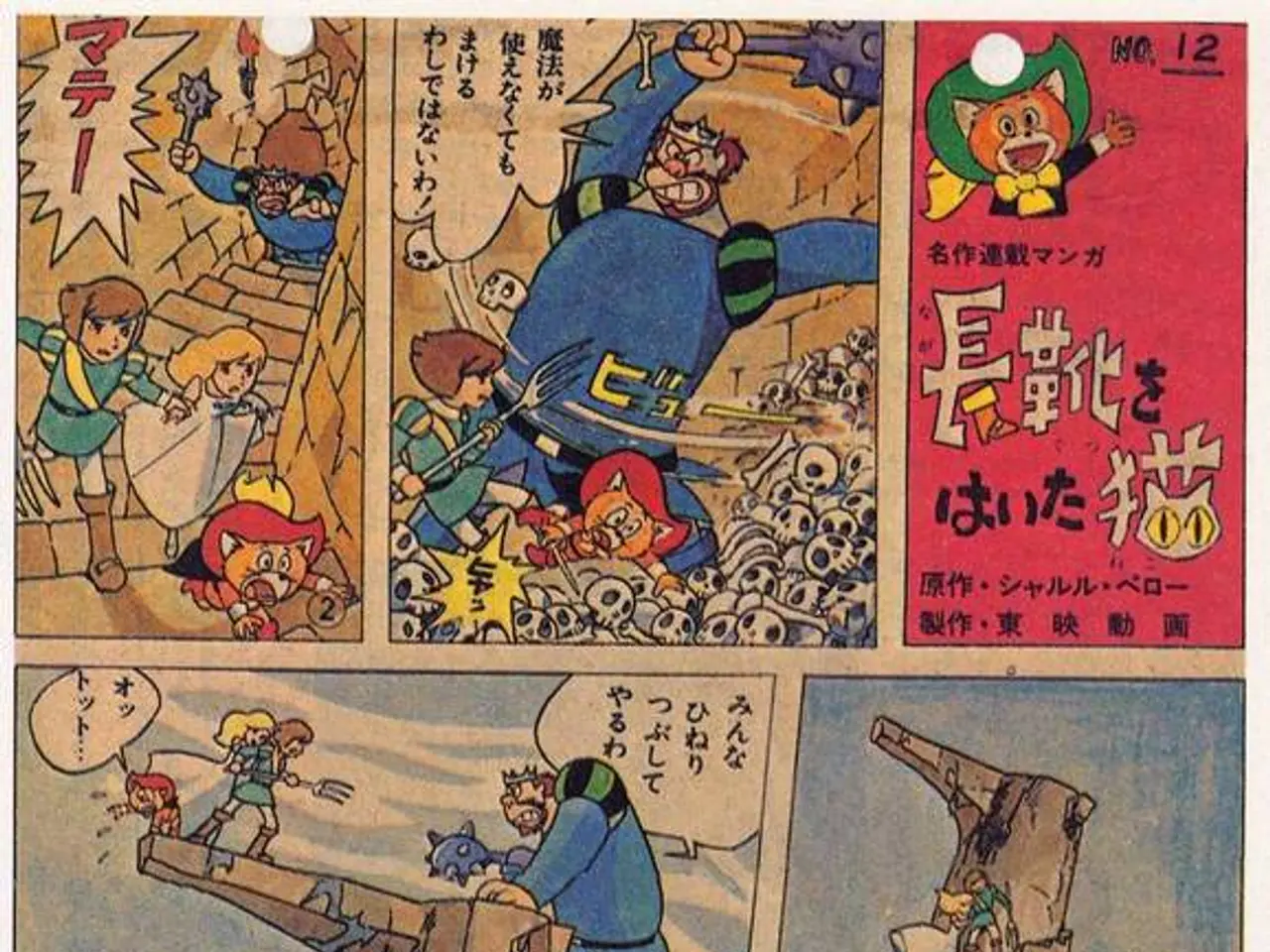Citing Websites: Illustrated Examples in APA, MLA, and Chicago Formatting Styles
In the digital age, websites have become a common source of information for research and academic work. Citing these sources accurately is essential for maintaining academic integrity, giving credit to original research and writers, and allowing readers to verify the information. This article provides a comprehensive guide on how to cite websites in three popular citation styles: APA, MLA, and Chicago.
APA (American Psychological Association)
In APA style, a website citation consists of the author's last name, initial(s), year, title of the web page (italicized if standalone), site name, and URL.
Example: Carter, K. (1995). Teaching stories and local understandings. Journal of Educational Research. https://www.exampleurl.com
Tips:
- Capitalize only the first word of the title and subtitle, plus proper nouns.
- Include the full date if available.
MLA (Modern Language Association)
In MLA style, a website citation includes the author's last name, first name, "Title of Content" (in quotation marks), Name of Website (italicized), name of organizational sponsor, date published or updated, URL, and Accessed Day Month Year.
Example: Currin, Grayson H. "Patrick Shiroishi's Music Moves a Japanese American Saga Forward." NPR, National Public Radio, 1 Feb. 2023, www.npr.org/2023/02/01/1150439344/patrick-shiroishi-japanese-american-saxophonist. Accessed 28 Mar. 2023.
Tips:
- Title of the web page is in quotation marks.
- Website name and sponsor are italicized.
- Include access date at the end.
Chicago Style (Author-Date)
In Chicago Style, a website citation consists of Author Last Name, First Name. Year. "Page Title in Title Caps and in Quotation Marks." Website Name, Month Day, Year. URL.
Example: Lilly, John C., and Alice M. Miller. 1961. “Vocal Exchanges between Dolphins.” Science, July 15, 1961. https://www.exampleurl.com
Tips:
- Use quotation marks for the web page title.
- Website name is italicized.
- Include full date when available.
Summary Table
| Style | Citation Format | Title Format | Site/Publisher | Date Format | Example | |------------------|---------------------------------------------------------|--------------------------|--------------------------|------------------------|---------------------------------------------------------------------------------------| | APA | Author. (Year, Month Day). Title. Site Name. URL | Italicized | Included | Year, Month Day | Carter, K. (1995). Teaching stories and local understandings. Journal... URL | | MLA | Author. "Title." Website, Sponsor, Date, URL. Accessed Date | In quotation marks | Italicized | Day Month Year | Currin, G. H. "Patrick Shiroishi's Music…." NPR, Natl. Public Radio, 1 Feb. 2023… | | Chicago (Author-Date) | Author. Year. "Title." Website, Month Day, Year. URL | In quotation marks | Italicized | Year, Month Day | Lilly, J. C. & Miller, A. M. 1961. “Vocal Exchanges…” Science, July 15, 1961. URL |
If an author is not available, these styles typically start with the title. Always use the most specific date available and provide the full URL.
This guidance is based on the citation rules from Salisbury University, University of Toledo, and other style guides updated in 2025.
For MLA style, the Works Cited page includes the author's last name, first name, title of the work, city of publication, publisher, publication date, and page number (if applicable).
Completeness, currency, accuracy, relevance, and authority are aspects to consider while evaluating the credibility of a website citation.
Chicago style includes two citation systems: author-date and notes-bibliography (NB). In the NB system, the reference list includes the author's last name, first name, title of the work, place of publication, publisher, publication date, and page number (if applicable).
APA, MLA, and Chicago styles have different formats for citing books and websites.
For APA style, the reference list includes the author's last name, first initial, year of publication, title of work, publication information, and DOI (if available).
The following table compares how to cite websites across styles.
When citing a website in Chicago style, the formats for notes and bibliographies when referring to a general web source are provided.
Chicago style includes two citation systems: author-date and notes-bibliography (NB). This article covers the NB system.
Incorrect style guide can lead to inaccurate information.
Citing a website requires including all its identifying information in the reference list and in the main text.
The CRAAP Test is a method for evaluating sources, considering completeness, currency, accuracy, relevance, and authority.
A table is provided for citing a website in APA style.
Websites are a common digital source to be cited in documents, with varying identifying details.
Citing a website accurately both in text and in the reference list is important to ensure academic integrity and credibility, give credit to original research and writers, allow readers to verify research, and avoid plagiarism.
Stick to one citation style throughout the document.
The format for citing websites differs slightly across APA, MLA, and Chicago style guides but essentially cover the same information.
The components of a website citation are similar across all style guides, but this article covers the steps for APA, MLA, and Chicago styles.
- Incorporating language editing services for academic writing can enhance one's education-and-self-development, particularly in ensuring submission readiness and academic integrity.
- Online-education platforms can offer writing support through tutorials and tools, aiding students in understanding and implementing the correct citation styles for academic writing.
- When translating academic texts, it is crucial to maintain academic integrity by using reliable academic translation services to ensure the retaining of the original meaning and purpose.
- Adhering to the guidelines of popular citation styles, such as APA, MLA, and Chicago, promotes academic integrity in academic writing by giving credit to original research and writers and allowing readers to verify information.




